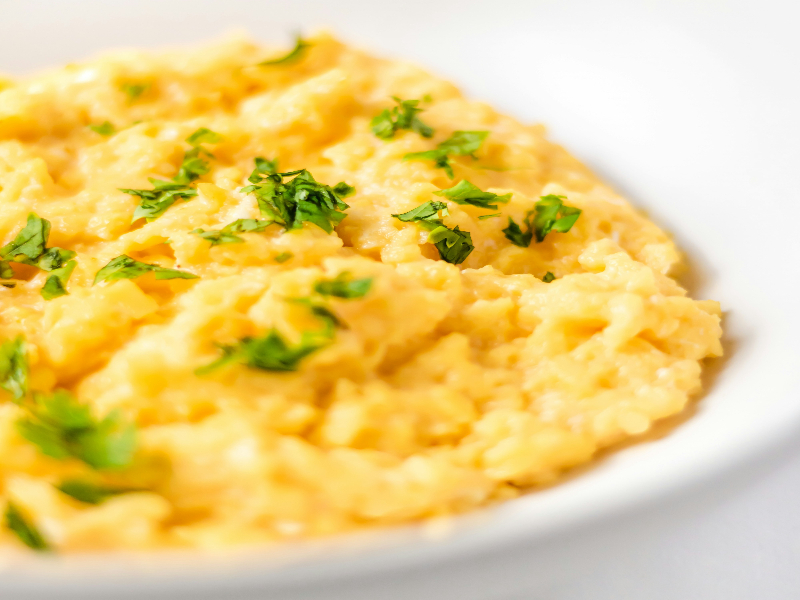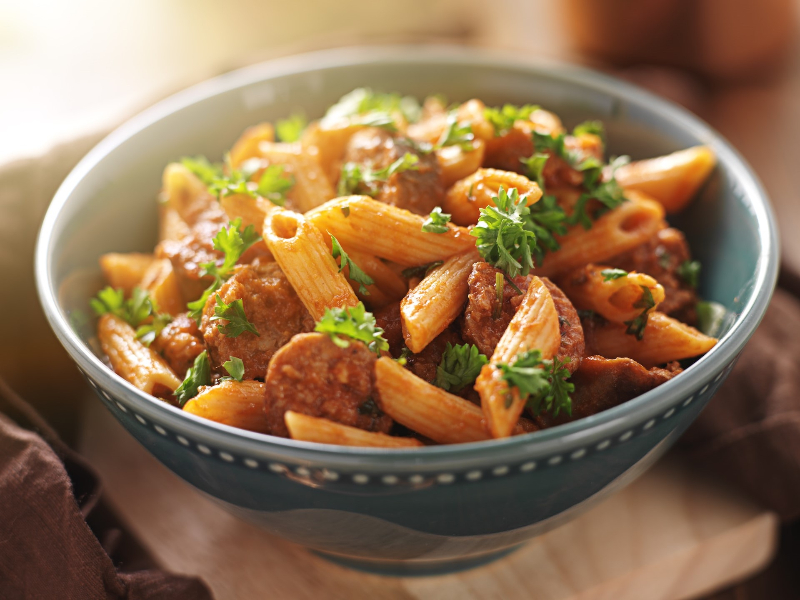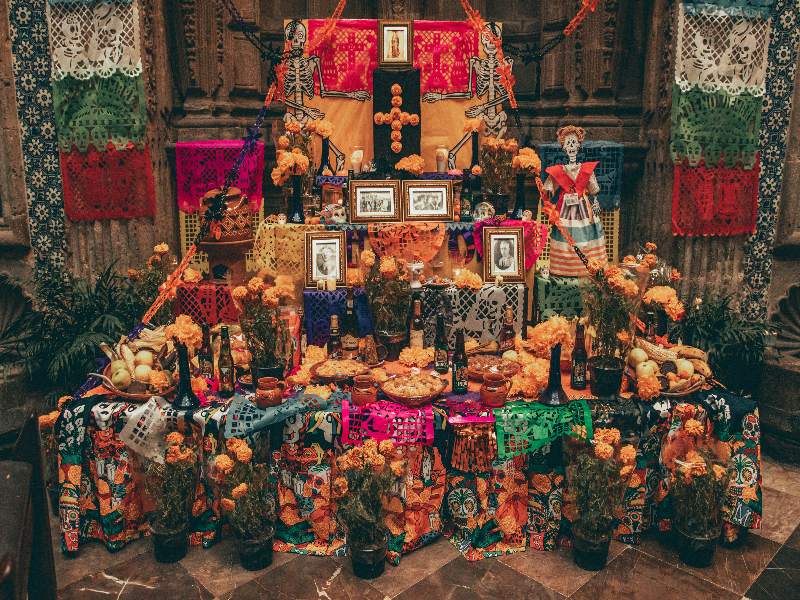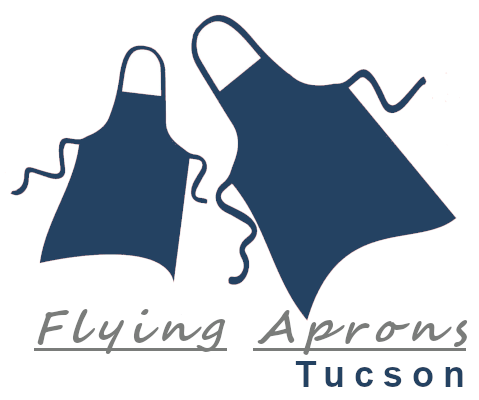
Vinegar – One of the Oldest Fermented Foods
The other day I overheard someone utter the English proverb, “You catch more flies with honey than vinegar.”
It got me thinking about vinegar. Beekeeper Noel Patterson recently did a honey tasting class; that’s probably why my mind didn’t wander in that direction.
For years, I start my day with a glass of water with Bragg apple cider vinegar. My mom was an advocate of doing this and she got me to do it, and she drank it because her aunt did.
Vinegar has been at the forefront of folk remedies for, well, a really, really long time. Medical researchers believe some known trace and “nutraceuticals” (nutrient supplements that act like pharmaceuticals) may be in apple cider and red wine vinegars.
The word comes from the French “vin aigre” which means “sour wine.”
When air is exposed to any fermented liquid like wine or ale, bacterial activity occurs. This process helps combine oxygen with the alcohol, resulting in acetic acid or sour wine.
Vinegar can be made from any fruit or anything containing sugar. I was curious about the “With the Mother“ wording on the Bragg label. Turns out, as fermentation progresses, it refers to the mother that forms a floating clump or filmy substance on top. Mother, the latte-like foam, is a living mixture of good bacteria and enzymes.
As early as 400 B.C., Hippocrates treated his patients with vinegar as an antibiotic and combined it with honey as a treatment for respiratory issues. The earliest historical record may be traced to the Babylonians. In about 5,000 B.C., they made vinegar as an end product of wine from the date palm.
Next time you impart vinegar’s flavor into your cooking or salad dressing, you may also be reaping some health benefits, too!
Classes
On June 14, Pastry Chef Kayla Draper, who creates the magical desserts at wildly popular new restaurant BATA, will teach you how to amp up chocolate tarts and show dad some love. In honor of Father’s Day, you’ll make meringue moustaches in a variety of shapes and sizes for fun and whimsical garnishes.
Chef Sybil Velarde’s Peruvian Cuisine & Cultural Influences class is rescheduled to June 16 and with the warm days here, her menu is perfect.
Maynards Executive Chef Brian Smith is in the kitchen for the June 23 Flavors of Tucson City of Gastronomy series. Stay tuned for the details.
Who doesn’t miss Chef Dee Buizer’s Senae Thai Bistro? Luckily for us, you’ll be able to cook along with her on July 26.
Wishing you joy in the kitchen,
Michele
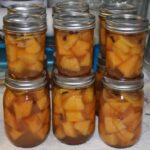
Cantaloupe Pickles
Yield: 6-7 pints or 12-14 half-pints
4 cantaloupes (9-10 lbs.), quartered, seeded and rind removed
3 cups granulated sugar
3 cups apple cider vinegar
1 ½ cups apple juice
6 3-inch cinnamon sticks, broken
2 tablespoons whole cloves
5 thin slices fresh ginger
1. Tie spices in a spice bag or cheesecloth.
2. Cut cantaloupe into 1-inch cubes. In a 6- to 8-quart saucepan, combine sugar, vinegar and apple juice. Bring to a boil, stirring occasionally. Add spice bag and boil for 10 minutes.
3. Add cantaloupe, reduce heat and simmer 15 minutes, stirring occasionally. Remove spice bag and immediately fill hot, sterilized jars with mixture, leaving ½-inch headspace.
4. Carefully run a nonmetallic utensil down the inside of jars to remove air bubbles. Simmer jar tops and threads in hot water, blot dry on paper towels and place hot lids on jars and screw bands on tightly. Process in boiling water – 10 minutes for pints and 5 minutes for half-pints.


